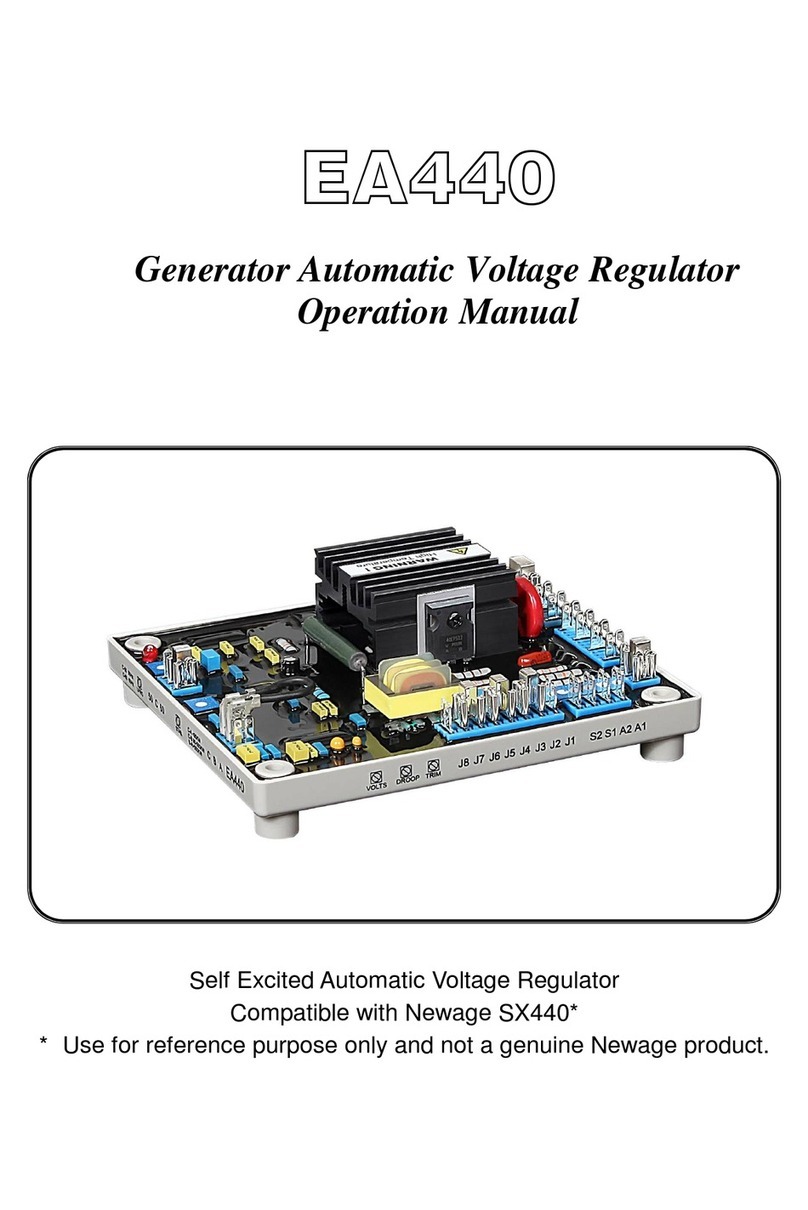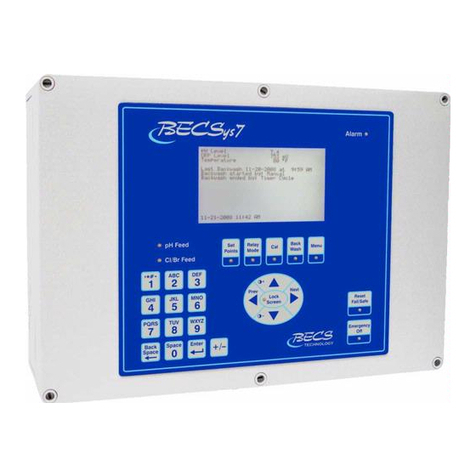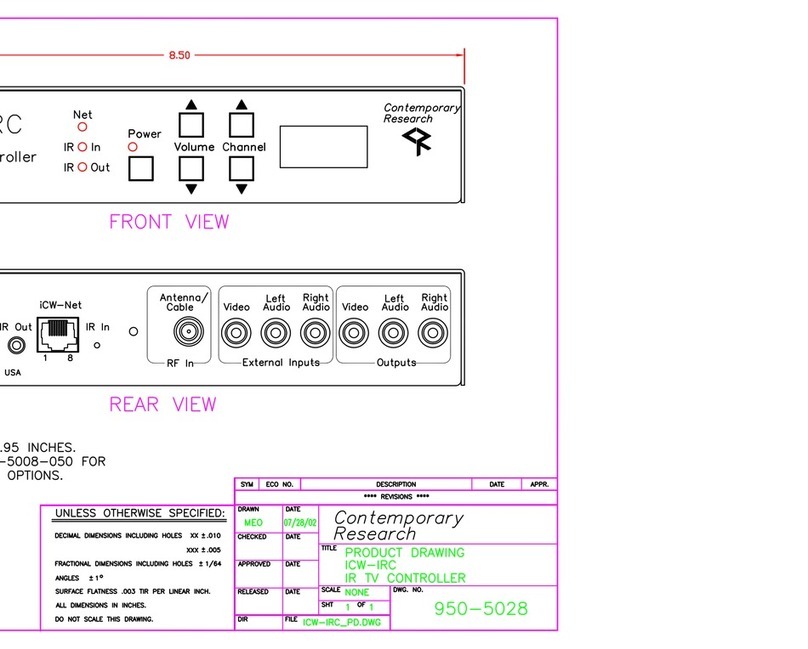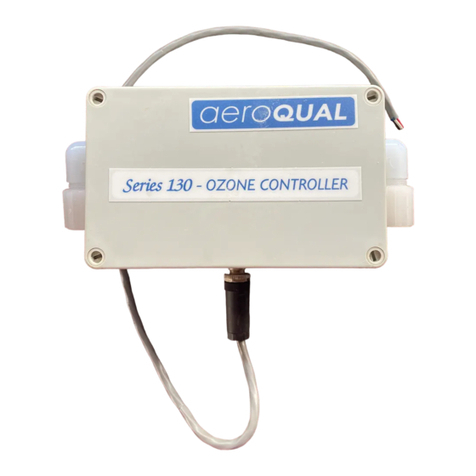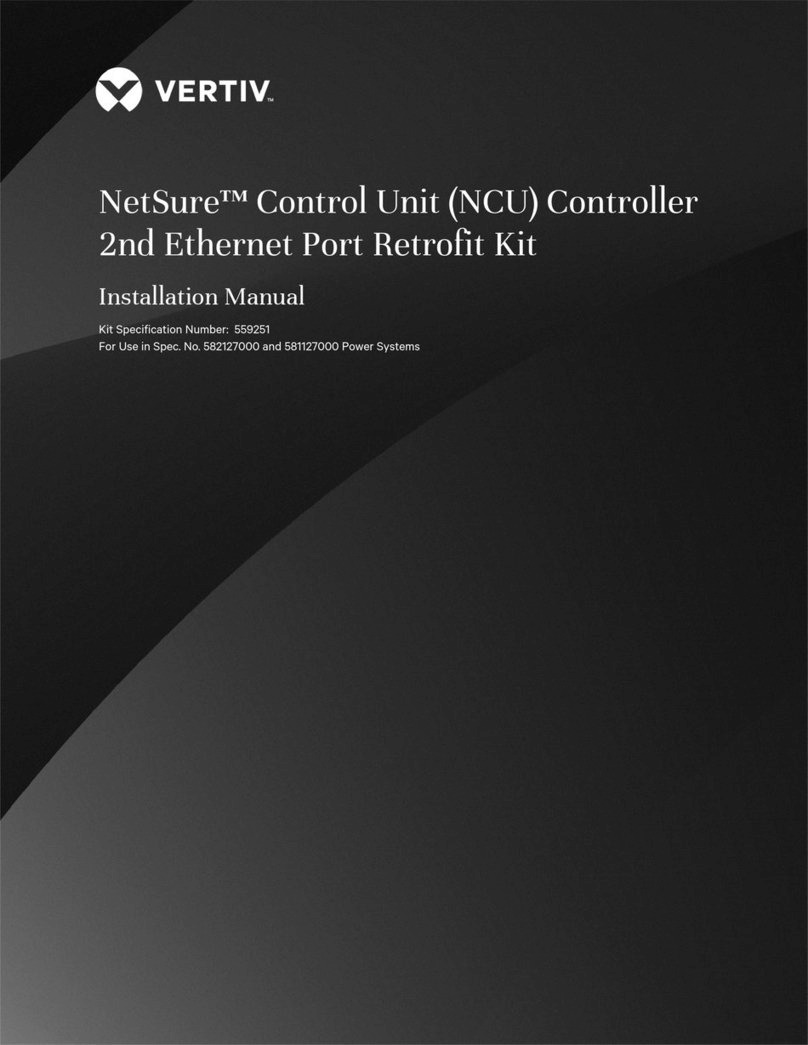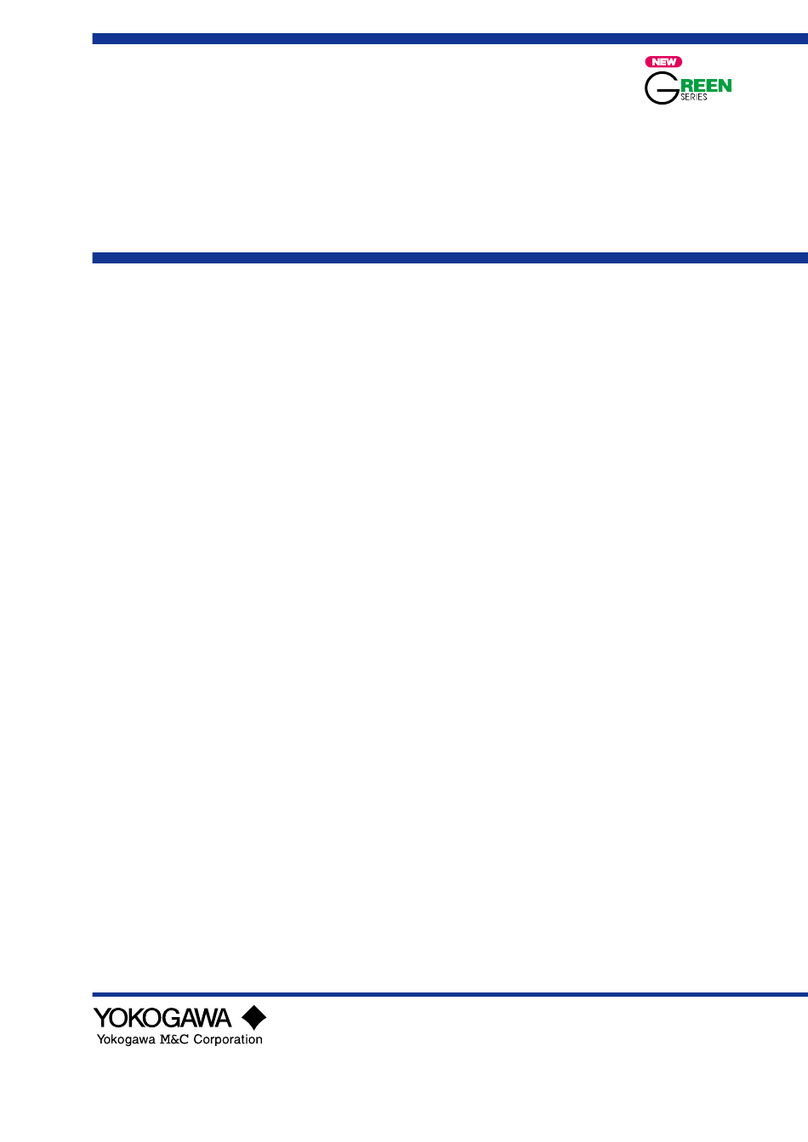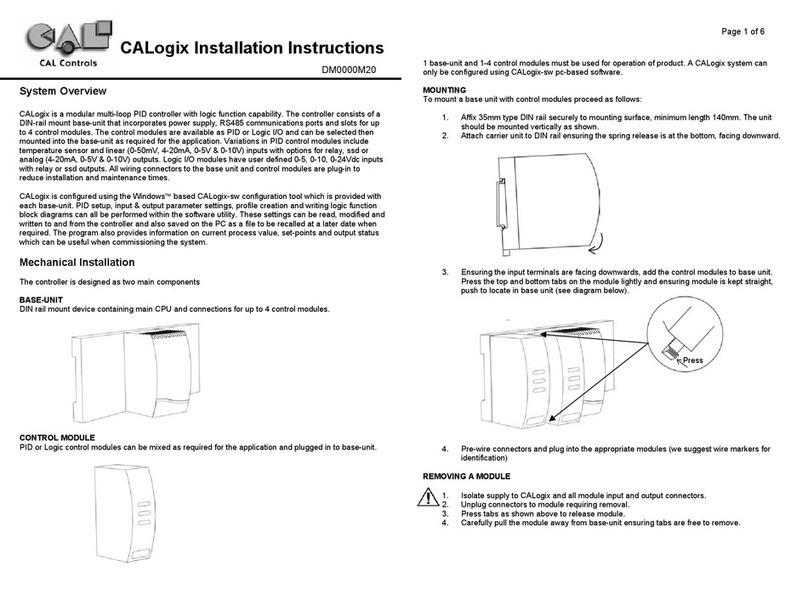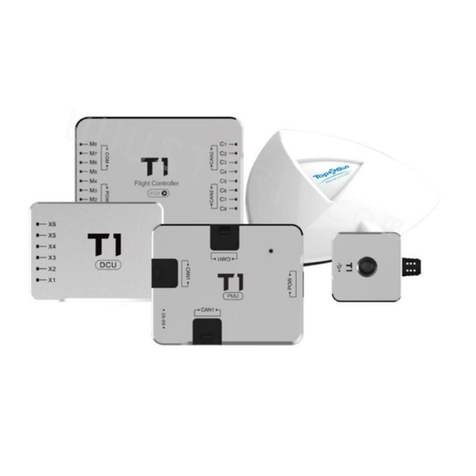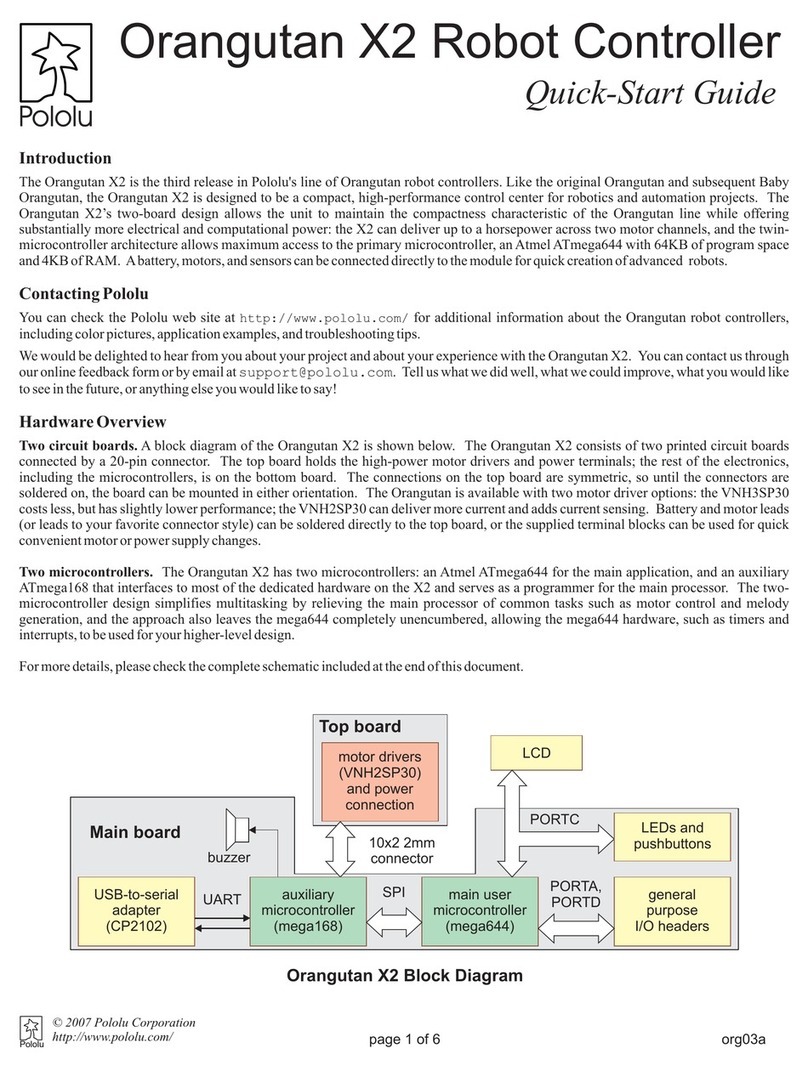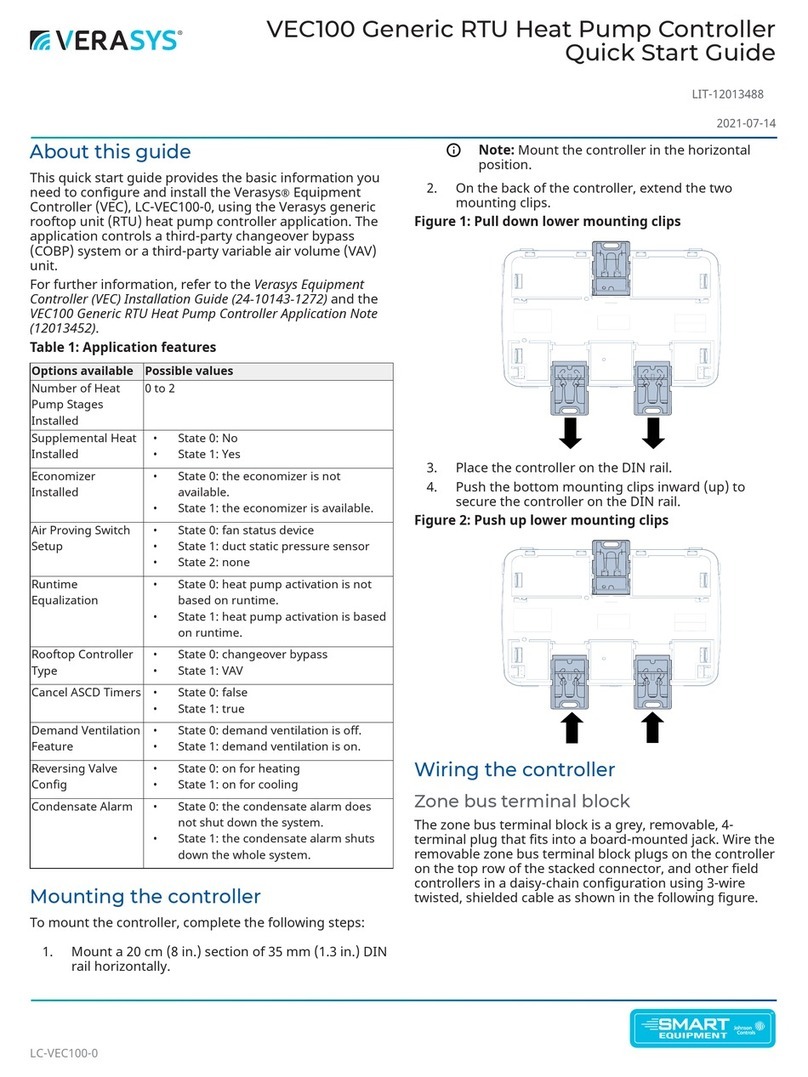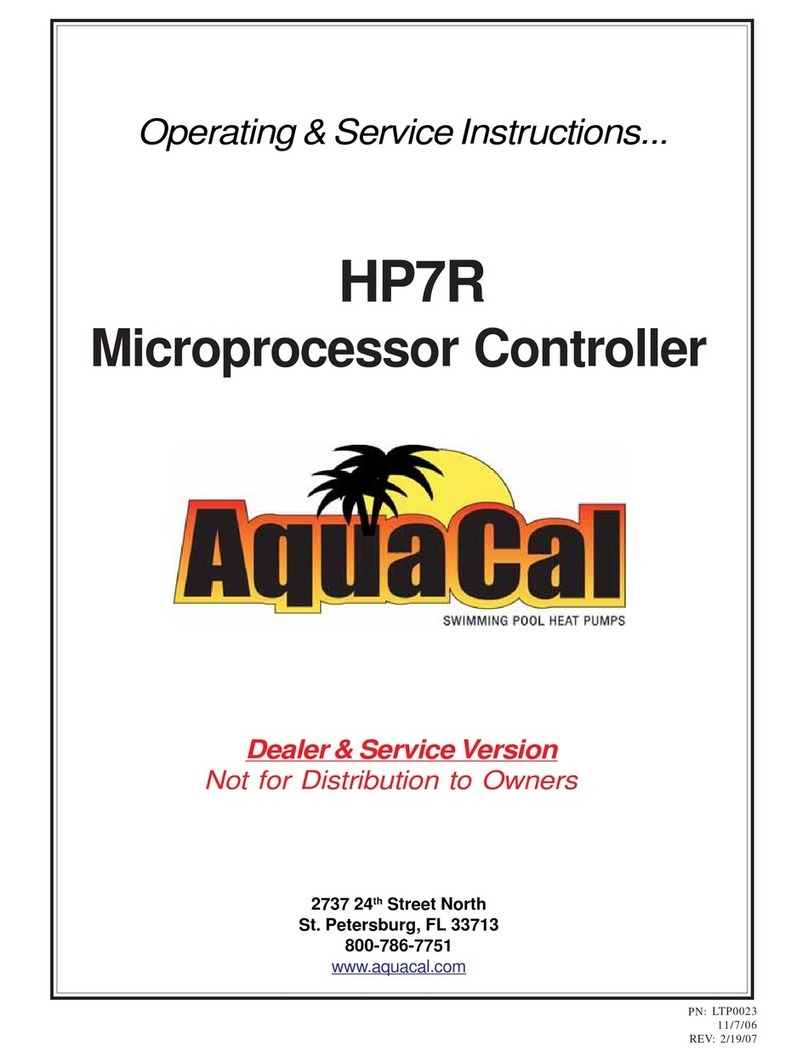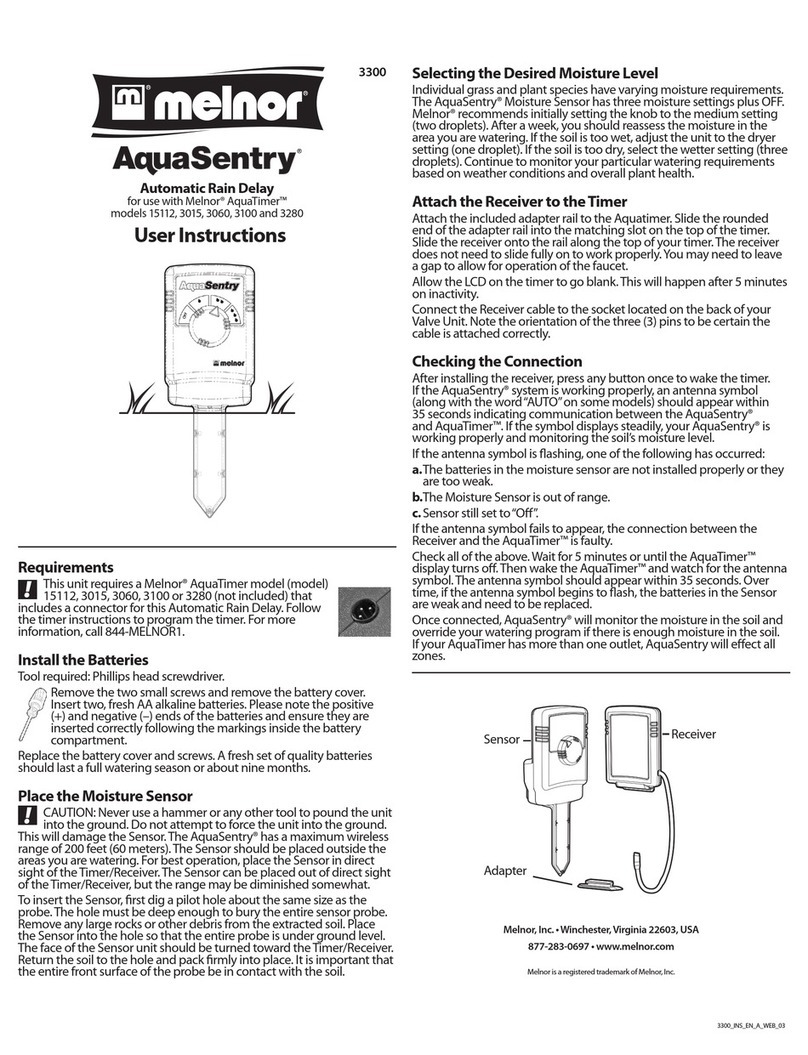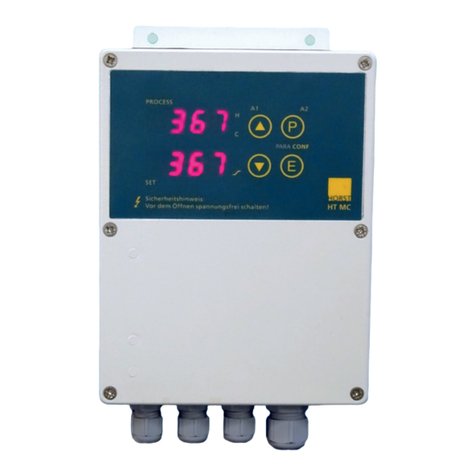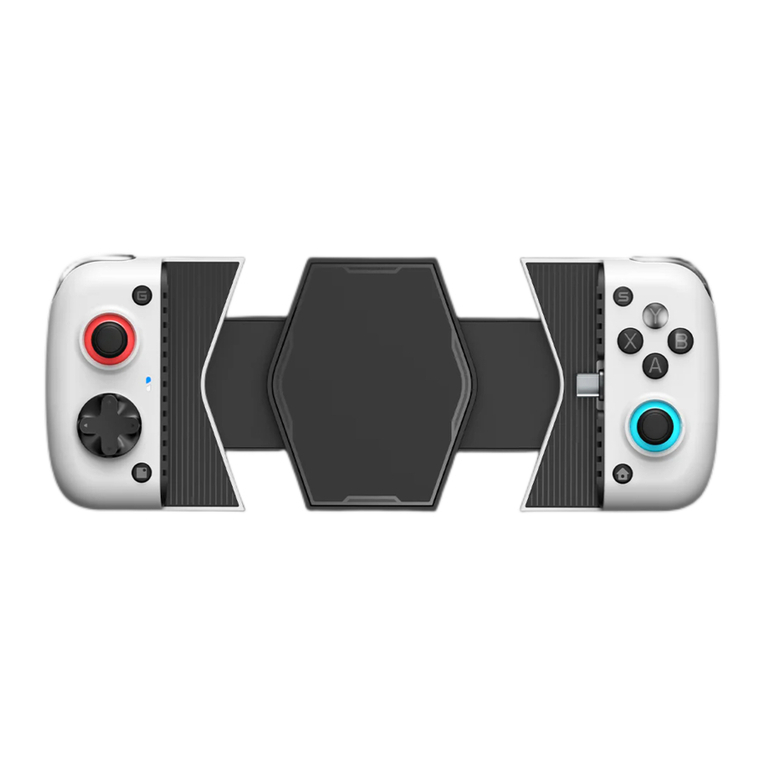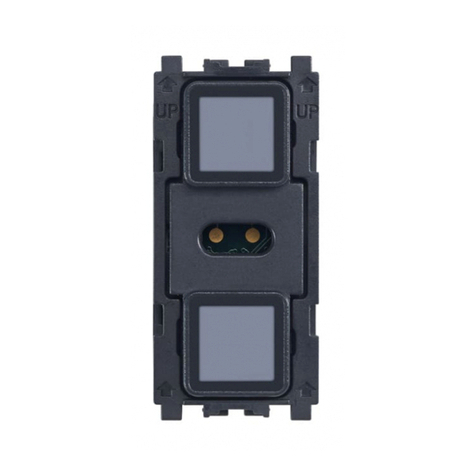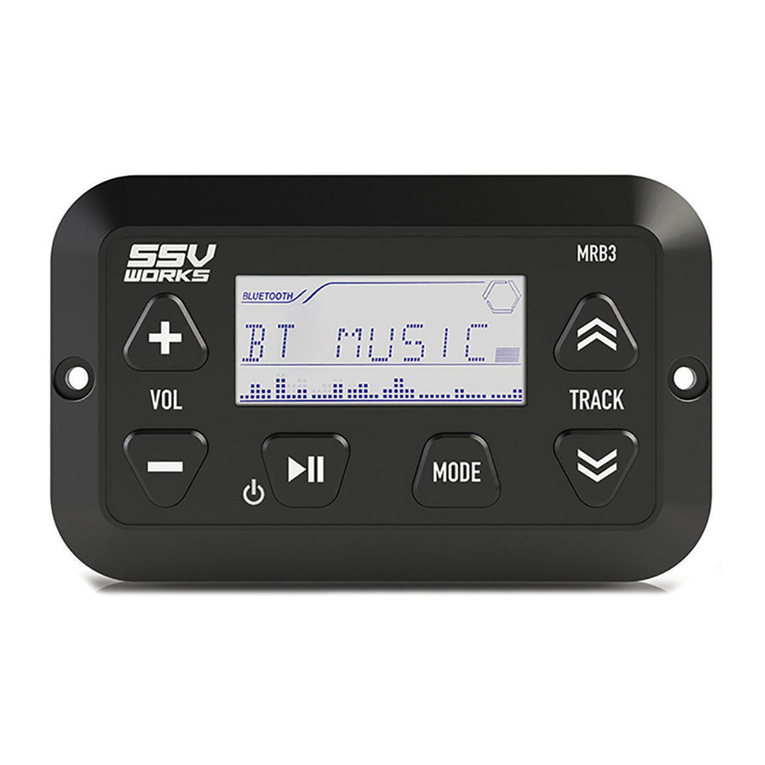New Age SX440 User manual

SX440 AUTOMATIC VOLTAGE
REGULATOR (AVR)
SPECIFICATION, INSTALLATION AND ADJUSTMENTS
GENERAL DESCRIPTION
The SX440 is a half-wave phase-controlled thyristor type
Automatic Voltage Regulator (AVR) and forms part of the
excitation system for a brushless generator.
In addition to regulating the generator voltage, the AVR
circuitry includes underspeed and sensing loss protection to
ensure safe, reliable control of the generator. Excitation power
is derived directly from the generator terminals.
Positive voltage build up from residual levels is ensured by
the use of efficient semiconductors in the power circuitry of
the AVR.
The AVR is linked with the main stator windings and the
exciter field windings to provide closed loop control of the
output voltage with load regulation of +/- 1%.
In addition to being powered from the main stator, the AVR
also derives a sample voltage from the output windings for
voltage control purposes. In response to this sample voltage,
the AVR controls the power fed to the exciter field, and hence
the main field, to maintain the machine output voltage within
the specified limits, compensating for load, speed,
temperature and power factor of the generator.
A frequency measuring circuit continually monitors the
generator output and provides output underspeed protection
of the excitation system, by reducing the output voltage
proportionally with speed below a presettable threshold. A
manual adjustment is provided for factory setting of the under
frequency roll off point, (UFRO). This can easily be changed
to 50 or 60 Hz in the field by push-on wire link selection.
Overvoltages caused by open circuit sensing terminals are
avoided by sensing loss detection circuitry which reduces the
generator terminal voltage to a safe fixed level.
Provision is made for the connection of a remote voltage
trimmer, allowing the user fine control of the generator's
output.
Accessories are available for this AVR. Please refer to factory
for further details.
TECHNICAL SPECIFICATION
INPUT
Voltage 170-250 V ac max
Frequency 50-60 Hz nominal
Phase 1
Wire 2
OUTPUT
Voltage max 90 V dc at 207 V ac input
Current Continuous 4 A dc
Transient 6 A for 10 seconds
Field Resistance 15 Ω minimum
REGULATION (See Note 1) +/- 1%
THERMAL DRIFT
(after 10 min)
1% for 40°C change in AVR ambient
TYPICAL SYSTEM RESPONSE
Field current to 90% 80ms
Machine Volts to 97% 300ms
EXTERNAL VOLTAGE ADJUSTMENT (see note 2)
+/- 8% with 1 K Ω trimmer
UNDER FREQUENCY PROTECTION
Set Point (See Note 3) 95% Hz
Slope 170% down to 30 Hz
UNIT POWER DISSIPATION
12 watts maximum
BUILD UP VOLTAGE
3.5 Vac @ AVR terminals
ACCESSORY INPUT
+/- 1V = +/- 13% change in output volts
QUADRATURE DROOP SENSITIVITY
Maximum sensitivity (10 Ω Burden)
0.07A for 5% droop @ 0p.f.
ENVIRONMENTAL
Vibration 20-100 Hz 50mm/sec
100 Hz-2 kHz 3.3g
Relative Humidity 0-60°C 95%
Operating Temperature -40°C to + 70°C
Storage Temperature -55°C + 80°C
NOTES
1) With 4% engine governing
2) External trim range is reduced to +/- 5% with 1 K
Ω trimmer when 3 phase sensingis fitted.
3) Factory set, semi-sealed, jumper selectable.

DESING DETAILS
The main functions of the AVR are:
Sensing Resistors take a proportion of the generator output
voltage and attenuate it. This input chain of resistors includes
the range potentiometer and hand trimmer which adjust the
generator voltage. An isolating transformer allows connection
to windings of different polarity and phase. An operational
precision rectifier converts the ac sensing voltage into dc for
further processing.
Quadrature droop circuit converts the current input into a
voltage, which is phase mixed with the sensing voltage. The
result is a net increase in the output from the sensing network
as the power factor lags, causing the reduction in excitation
needed for reactive load sharing of parallelled generators. A
trimmer allows control over the amount of droop signal.
Sensing loss detector is an electronic changeover switch
which normally connects the main comparator/amplifier to the
"input sensing" network, and automatically changes over to
the "power sensing" network when the normal sensing voltage
is lost.
DC Mixer provides an interface between the AVR and
accessories and allows the generators excitation to be
controlled by adding or subtracting the accessory dc output
voltage to the AVR rectifier sensing voltage.
Main Comparator/Amplifier compares the sensing voltage to
the "reference voltage" and amplifies the difference (error) to
provide a controlling signal for power devices. The "pedestal
and ramp" circuit and "level detector and driver" provide the
means to infinitely control the conduction period of the output
device over each half cycle (phase control), and provide the
exciter with the required power to maintain the generator
voltage within the specified limits.
The "Stability circuit" provides adjustable negative ac
feedback to ensure good steady state and transient
performance of the control system.
Low Hz detector measures the period of each electrical cycle
and causes the reference voltage to be reduced
approximately linearly with speed below a presettable
threshold. A light emitting diode gives indication of
underspeed running.
Synchronising circuit provides a short pulse at the zero
crossing of each cycle and is used to synchronise the
underspeed and pedestal and ramp circuit to the generator
waveform. The circuit is preceded by a "low pass filter" to
prevent false zero crossing pulses caused by severely
distorted waveforms.
Power Devices are configured as half-wave thyristor and
freewheel diode to vary the amount of exciter field current in
response to the error signal produced by the main
comparator.
Suppression components are included to prevent sub cycle
voltage spikes damaging the AVR components and also to
reduce the amount of AVR thyristor noise on the main
terminals of the generator.
Power Supply components consist of zener diodes with
dropper resistor and smoothing to provide the required
voltages for the integrated circuits and reference voltage.
The AVR is fully encapsulated to ensure long trouble-free
operation. It is usually fitted on a panel of the terminal box. It
can also be separately fitted in a switchboard.
STABILITY
CIRCUIT
REFERENCE
VOLTAGE
LOW
Hz DETECTOR
SYNCHRONISING
CIRCUIT
POWER
SUPPLY
POWER
CONTROL
DEVICES
SUPPRESSION
EXCITER
STATOR
GENERATOR
SENSING
RESISTORS
PEDESTAL AND
RAMP CIRCUIT
LEVEL DETECTOR
AND DRIVER
MAIN COMPARATOR
AM PLIFIER
LOW PASS
FILTER
VOLTAGE
SENSE
VOLTAGE
TRIM
POWER
SENSING
CURRENT
INPUT
DC MIXER
DROOP
ACCESSORY
INPUT
SEN SING
LO SS D E TEC TO R

FITTING AND OPERATING
SUMMARY OF AVR CONTROLS
CONTROL FUNCTION DIRECTION
VOLTS TO ADJUST GENERATOR OUTPUT VOLTAGE CLOCKWISE INCREASES OUTPUT VOLTAGE
STABILITY TO PREVENT VOLTAGE HUNTING CLOCKWISE INCREASES STABILITY OR DAMPING EFFECT
UFRO TO SET UNDER FREQUENCY ROLL OFF KNEE POINT CLOCKWISE REDUCES THE KNEE POINT FREQUENCY
DROOP TO SET GENERATOR OR DROOP TO 5% AT FULL LOAD 0 PF CLOCKWISE INCREASES THE DROOP
V/TRIM TO MATCH AVR INPUT TO ACCESSORY OUTPUT CLOCKWISE ALLOWS THE ACCESSORY MORE CONTROL OVER AVR
ADJUSTMENT OF AVR CONTROLS
VOLTAGE ADJUSTMENT
The generator output voltage is set at the factory, but can be
altered by careful adjustment of the volts control on the AVR
board, or by the external hand trimmer if fitted. Terminals 1 &
2 on the auxiliary terminal block inside the generator terminal
box will be fitted with a shorting link if no hand trimmer is
required.
Do not increase the voltage above the
rated generator voltage. If in doubt, refer
to the rating plate mounted on the
generator case.
If a replacement AVR has been fitted or re-setting of the
VOLTS adjustment is required, proceed as follows:-
1) Before running generator, turn VOLTS control fully anti-
clockwise.
2) Turn remote volts trimmer (if fitted) to midway position.
3) Turn STABILITY control to midway position.
4) Connect a suitable voltmeter (0-300V ac) across line to
neutral of the generator.
5) Start generator set, and run on no load at nominal
frequency e.g. 50-53Hz or 60-63Hz.
6) If the red Light Emitting Diode (LED) is illuminated, refer
to the Under Frequency Roll Off (UFRO) adjustment.
7) Carefully turn VOLTS control clockwise until rated voltage
is reached.
8) If instability is present at rated voltage, refer to stability
adjustment, then re-adjust voltage if necessary.
9) Voltage adjustment is now completed.
A separate 3 Phase Sensing unit is
needed. Do not connect as shown
unless a 3 Phase Sensing unit is
fitted. (See sheet 5515)

STABILITY ADJUSTMENT
The AVR includes a stability or damping circuit to provide
good steady state and transient performance of the generator.
The correct setting can be found by running the generator at
no load and slowly turning the stability control anti-clockwise
until the generator voltage starts to become unstable.
The optimum or critically damped position is slightly clockwise
from this point (i.e. where the machine volts are stable but
close to the unstable region).
OPTIMUM RESPONSE SELECTION
The "jumper" selector lead should be correctly linked (A,B,C
at the bottom of the board) for the frame size of the generator
(See diagram).
UNDER FREQUENCY ROLL OFF (UFRO) ADJUSTMENT
The AVR incorporates an underspeed protection circuit which
gives a volts/Hz characteristic when the generator speed falls
below a presettable threshold known as the "knee" point.
The red Light Emitting Diode (LED) gives indication that the
UFRO circuit is operating.
The UFRO adjustment is preset and sealed at the works and
only requires the selection of 50/60Hz using the jumper link.
For optimum setting, the LED should illuminate as the
frequency falls just below nominal, i.e. 47Hz on a 50Hz
system or 57Hz on a 60Hz system.
DROOP ADJUSTMENT
Generators intended for parallel operation are fitted with a
quadrature droop C.T. which provides a power factor
dependent signal for the AVR. The C.T. is connected to S1,
S2 on the AVR.
The DROOP adjustment is normally preset in the works to
give 5% voltage droop at full load zero power factor.
Clockwise increases the amount of C.T. signal injected into
the AVR and increases the droop with lagging power factor
(cos Ø).
If a three phase sensing unit is fitted droop adjustment is
made on this separate unit.
With the control fully anti-clockwise there is no droop.
TRIM ADJUSTMENT (V/TRIM)
An auxiliary input is provided to connect to the VAr/PF
controller, (A1,A2). It is designed to accept dc signals up to +/-
5 volts.
The dc signal on this input adds to or subtracts from the AVR
sensing circuit, depending on polarity.
The V/Trim control allows the user to adjust the sensitivity of
the VPF controller.
With V/Trim fully anti-clockwise the VPF controller has no
effect. Clockwise it has maximum effect. Normal setting is
fully clockwise.
TD_SX440.GB_09.02_01
8511 NW 61st Street, Miami, FL 33166
Tel: 305-592-6800 •Fax: 305-592-5900
Website: www.gopower.com
© 2002 Newage International Limited.
Reprinted with permission of N.I. only.
Printed in England.
Other New Age Controllers manuals
